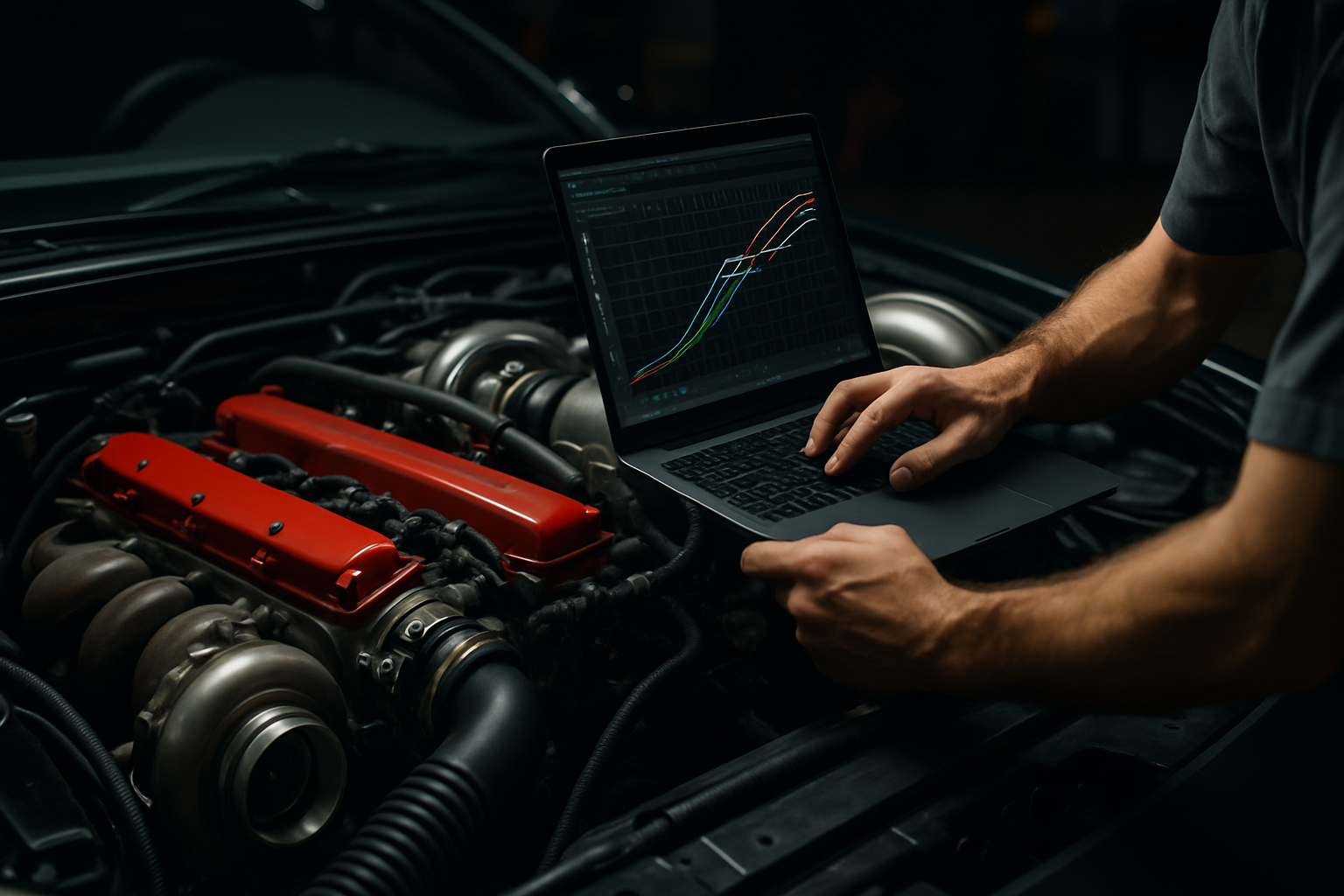Integrating driver-assist tech: updates and practical tips
Driver-assist technologies are evolving quickly, reshaping how people use vehicles for daily mobility and longer trips. This article summarizes recent updates in assistance systems, practical maintenance and safety considerations, and how features interact with EVs, inspections, insurance and aftermarket options to support reliable travel.

Driver-assist systems are moving from optional conveniences toward core vehicle functions that influence how people plan maintenance, safety checks, and long-distance mobility. Recent updates to sensors, software and integration between telematics and diagnostics mean owners and fleets should adapt inspection routines and understand how these systems affect insurance, financing and long-term depreciation. Practical tips below cover upkeep, risk management and real-world use cases for EVs and combustion vehicles alike.
How does driver-assist tech affect mobility?
Driver-assist features such as adaptive cruise control, lane-centering and automated parking change the experience of mobility by reducing fatigue and improving consistency on long commutes and roadtrip segments. These systems can make trips more manageable for older drivers and those with limited mobility, while also changing expectations for route planning. Rely on up-to-date maps and firmware to ensure accuracy, and verify local services can support software updates or recalibrations in your area.
What maintenance changes are needed?
Maintenance needs shift as driver-assist systems rely on cameras, radar, lidar and software as much as mechanical parts. Routine maintenance should include sensor cleaning, windshield checks, and wheel alignment to keep lane-detection and adaptive features working reliably. Diagnostics from telematics can flag issues early, so integrate system scans into regular service intervals. Aftermarket additions should be evaluated for compatibility; improper installations can interfere with sensors and void warranties.
How does driver-assist tech impact safety?
Driver-assist tech aims to reduce human error, but it does not replace attentive driving. Systems can mitigate certain crash types, yet drivers must understand limitations such as low-light, heavy rain, or complex urban environments where sensors may underperform. Regular inspections of sensors and camera lenses, along with software updates, improve safety margins. Training or familiarization drives help drivers learn when to trust assistance and when to take control, which is crucial for safe operation.
EVs, charging, fuel and efficiency considerations
Integration of driver-assist tech in EVs can influence energy efficiency: smoother acceleration and optimized cruising reduce energy draw, extending range between charges. However, features that increase auxiliary load—such as active cooling for sensors or high-frequency telematics—can affect charging needs marginally. For combustion vehicles, adaptive systems that optimize throttle and braking behavior can improve fuel efficiency. When planning long trips, factor in charging or fuel stops and how assist systems interact with regenerative braking or engine stop-start behaviors.
What inspection, insurance, and financing issues arise?
Inspections increasingly include checks of electronic assistance systems and their sensor calibration; failing components can affect vehicle safety certifications in some jurisdictions. Insurance assessments may consider driver-assist features when evaluating risk, but policies vary by provider and region. Financing and depreciation can also be influenced by the presence and perceived reliability of advanced driver-assist capabilities: well-maintained systems can preserve value, while undocumented modifications may reduce it. Keep service records for sensors, software updates, and diagnostics to support inspection, insurance and resale discussions.
How do telematics, diagnostics, and aftermarket options support roadtrip planning?
Telematics platforms provide actionable diagnostics that help anticipate maintenance needs before a roadtrip. Real-time fault reporting and route-aware alerts can inform choices about charging or refueling stops and local services in your area. Aftermarket solutions offer additional convenience—connected dongles, dash cameras, and portable diagnostic tools—but select products that explicitly list compatibility and do not obstruct factory sensors. Before a long journey, run a full diagnostic scan and confirm that any aftermarket additions will not interfere with driver-assist performance.
Conclusion Adopting driver-assist technology requires a mix of updated maintenance routines, informed safety practices, and awareness of how these systems affect vehicle efficiency, inspections, insurance and long-term value. By keeping sensors clean, scheduling diagnostics, retaining service records, and choosing compatible aftermarket options, drivers can integrate assistance systems into everyday mobility and planned roadtrips while managing risks and preserving vehicle condition.





